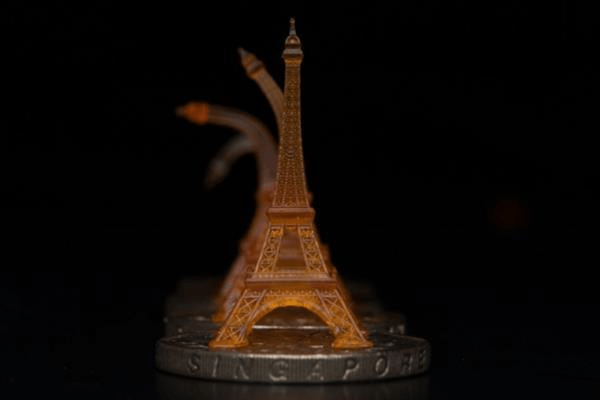Interested in improving your business with 3D technologies but don’t know where to start? Visit Top 3D Shop and check out our 3D scanner reviews!

Researchers at the Massachusetts Institute of Technology, with assistance from the Singapore University of Technology and Design, have contributed to 3D printing with shape remembering materials using projector micro stereolithography technology.
As the developers explain, shape remembering polymers, which exhibit predictable behavior when heated to specific temperatures, are ideal for making rotary solar panel actuators and temperature-activated drug delivery tablets, and 4D printing principles are theoretically applicable at any scale.
“Our method not only allows printing 4D structures on the micron scale, but also opens up the possibility of printing with shape remembering polymers that can withstand high stretching - tens of times higher than that of parts printed on conventional commercial printers. 4D printing can find applications in a wide range of practical solutions, including biomedical devices, space structures and variable shape solar cells, ”the developers say.
Standard 3D printing methods are not well suited for AMM research due to the lack of resolution. According to MIT Associate Professor Nicholas Fang, the speed of restoration of the original shape depends to a large extent on the size of the structures: “The reality is that while maintaining very small dimensions, such materials react very quickly, in a matter of seconds. An example is flowers emitting pollen in milliseconds. But this is only possible because the size of the actuators is measured in microns. "
Nicholas Feng and his team are credited with developing a 3D printing technology called projector micro stereolithography. In essence, this is the same DLP printing, but only with a higher resolution. “We print by exposure, layer by layer - much like dentists make replicas of teeth. We only do this with high-resolution lenses used in the semiconductor industry. We are able to produce complex, detailed structures, whose dimensions are commensurate with the diameter of a human hair. "
The next step was to create a polymer composite with the required storage properties. After a series of experiments, a mixture of a flexible polymer with long macromolecules and a more rigid version was chosen. The finished composite has excellent tensile and bending resistance. The most important thing is that when heated above 40 ° C, the material returns to its original shape, set during printing. The effect has been successfully demonstrated on several miniature models, including springs, flowers, and the familiar Eiffel Tower. Any of these models can withstand stretching three times and return to its original shape in a few seconds. “Because we use our own 3D printers with reduced pixel size, we get a faster response in seconds. If we can achieve even more miniaturized scales, then the response time can be reduced to milliseconds, ”explains Feng.
A typical example is an elastic manipulator that resembles a flower. After printing, the petals are bent to an open position, and due to light heating, the device is able to grab small objects - bolts, grains of bean curd, or eggs. One of the next steps will be the creation of materials that change shape in the temperature range characteristic of the human body, which will allow the development of specialized biomedical devices.